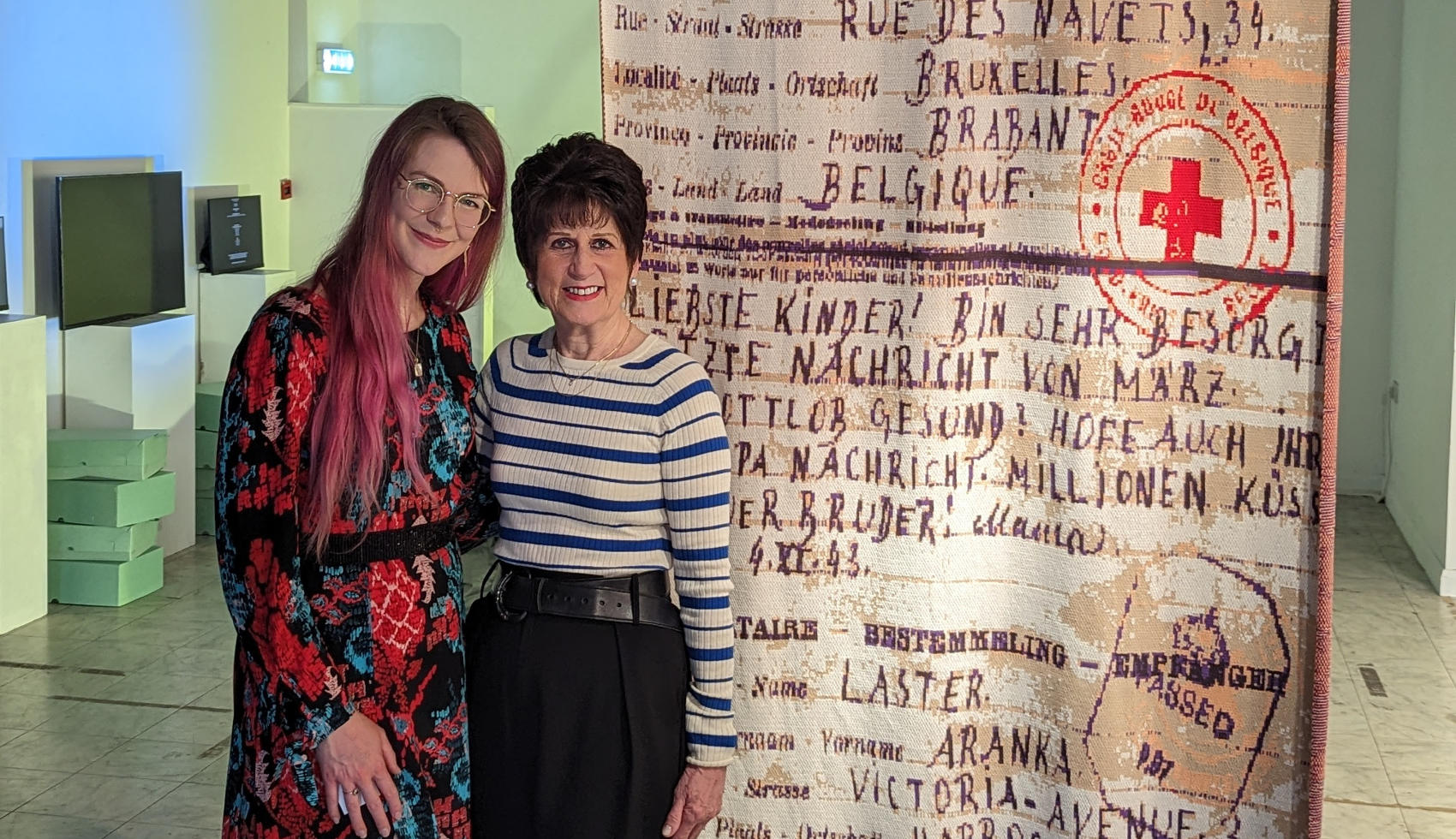Métis identity worth defending: MMF

At a Métis gathering, lively strains of fiddle music and the smell of rubaboo porridge and bannock fill the air, rising above laughter and singing.
These hallmarks of Métis culture, which include a strong sense of independence and self-reliance, have been cultivated over centuries, resulting in a people that has a strong sense of who they are and a desire to protect their way of life.
From a common language called Michif to music, dancing, food and clothing, there’s no mistaking the Red River Métis people with any other Indigenous or non-Indigenous groups, says Will Goodon, minister of housing and property management with the Manitoba Métis Federation (MMF), also known as the National Government of the Red River Métis.
“We have cultural things that are very unique to us,” Goodon told the Sun. “We have our hand-woven sashes that we used back in the days when we were trading across the Prairies. We have our beadwork that is very obviously Métis.”
Métis people are a distinct Indigenous nation who have deep historical roots in the three Prairie provinces, parts of northwestern Ontario, northeast British Columbia, the Northwest Territories, as well as northern Montana and North Dakota in the United States. The Métis Nation is made up of the descendants of Indigenous women, mainly Cree and Ojibway, and European settler men, mainly French and Scottish.
Distinct Métis settlements emerged from the 1750s in the Great Lakes region and in the 1780s in what is now Western Canada as an outgrowth of the fur trade. In 1816, the Métis and their North West Company allies, led by Cuthbert Grant, defeated Hudson’s Bay Company officials and Selkirk settlers at the Battle of la Grenouillière, also known as the Battle of Seven Oaks.
In March 1885, the Métis formed a provisional government, and later that spring, would win battles against police and government officials before Louis Riel was arrested and tried for treason in July.
During the trial, Riel outlined the undemocratic treatment of the Métis, defended his sanity, and explained his vision for the country. On Aug. 1, 1885, he was found guilty of high treason, and executed on Nov. 16 of that year.
Now, more than 135 years later, the Métis culture is under the threat of being stolen by those who have no right to it, the MMF says.
Recently, the Wabun Tribal Council (WTC) First Nations in eastern Ontario completed a judicial review of the federal government’s decision to enter a Métis Government Recognition and Self-Government Agreement with Métis Nation of Ontario (MNO), and are calling on the federal government to reconsider the agreement and to delay the corresponding federal legislation intended to be the basis of an MNO treaty.
The MMF stands firm on its position that there are no Métis communities and territories in eastern Ontario, and that it is unconstitutional to recognize them, the government said in a press release sent out on Sunday. The area that the MNO is calling Métis territory is far beyond the homeland of the Red River Métis.
“What they’re doing in [eastern] Ontario is they are literally stealing First Nations ancestors and reimagining them and calling them Métis ancestors,” Goodon said. “To me, that’s identity theft on an incredible scale.”
In 2002, with MMF support and approval, the Métis National Council (MNC) passed the national definition of Métis, which required citizens to have the ancestral connection to the historic Métis in the homeland of the Red River Métis.
“We’ve been trying to tell people for years and years,” Goodon said. “It’s all about protecting our identity.”
To suggest that there is only one Métis community in all of Ontario, with its many fur trade routes and waterways, denies the facts of history, MNO President Margaret Froh said in a press release sent out on Monday.
“Our Métis communities are resilient, and we aren’t going anywhere.”
For Goodon, grappling with the claims the MNO is making is just a new chapter in the hard-fought history of the Red River Valley Métis. Seeing Indigenous and non-Indigenous people discuss the issue gives him reason to feel optimistic, as does his confidence in the citizens of his nation to stand up for what they believe in, he said.
“I feel that it is almost a duty to make sure that people understand what’s really happening, and understanding why it’s important for us to protect our own Indigenous nation,” Goodon said. “I know our leaders of the past would have done the same or even more than what we’re doing to ensure that we protect our nation.”
Miranda Leybourne, Local Journalism Initiative Reporter, Brandon Sun













